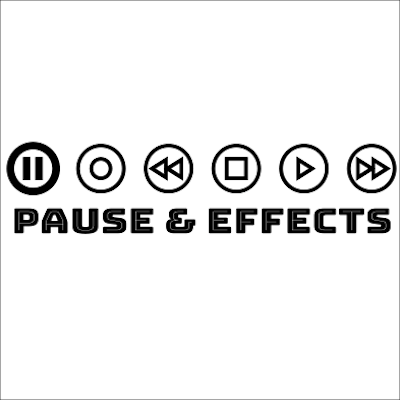Radio to pedal conversion
Building a treble booster from the components of a Terta Orionton radio from the early 1960s.
Take an old defunct Terta Orionton radio from the 1960s and use as many parts as possible to build a functioning pedal making the pedal look similar to the radio it was built from.
Vintage radios and pedals
There is a resurgence of love for old vintage things. I love reading blogs of people disassembling and restoring old radio units like Szétszedem blog which is in Hungarian but I'm sure can be enjoyed using a translator or building vintage pedals from new old components. Recently, there was a craze on my Instagram feed about people rebuilding radios to small practice amplifiers. This gave me an idea to try to reuse parts of old radio units to make vintage pedals also replicating their look as much as possible.
I managed acquire a defunct Hungarian made Terta Orionton radio that was a common radio in Hungarian households from the early 1960s onwards. I loved the cream coloured box with the quirky knobs.
The logo was scripted and made out of metal.
The station finder was cracked but still partially usable. The buttons were unfortunately missing.
Disassembly
I already knew from the blog mentioned above what to expect inside. This radio has 7 germanium transistors: 3 of them are radio frequency transistors (model number starting with 2SA in this case) that are generally not the best for pedals and 4 of them were the type of transistors that can easily be used in pedals. The actual model numbers changed over time. I was excited to find an OC1071 (same as OC71, Tungsram added a 10 in the middle at this time) and an OC1075. The radio also had two OC1072s that were burned to a crisp, no wonder this radio didn't function.
The schematic attached to the back of the radio:
I was also able to salvage a couple of larger germanium diodes (OA1161 and OA1180) along with the 5 transistors:

